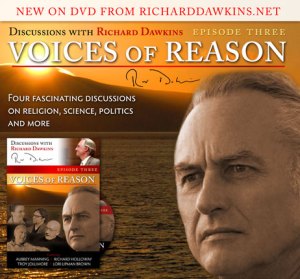![]() It is well documented that Thomas Robert Malthus’ An Essay on the Principle of Population greatly influenced both Charles Darwin and Alfred Russell Wallace’s independent conception of their theory of natural selection. In it, Malthus puts forward his observation that the finite nature of resources is in conflict with the potentially exponential rate of reproduction, leading to an inevitable struggle between individuals. Darwin took this basic premise and applied it to nature, as he notes in his autobiography:
It is well documented that Thomas Robert Malthus’ An Essay on the Principle of Population greatly influenced both Charles Darwin and Alfred Russell Wallace’s independent conception of their theory of natural selection. In it, Malthus puts forward his observation that the finite nature of resources is in conflict with the potentially exponential rate of reproduction, leading to an inevitable struggle between individuals. Darwin took this basic premise and applied it to nature, as he notes in his autobiography:
In October 1838, that is, fifteen months after I had begun my systematic inquiry, I happened to read for amusement Malthus on Population, and being well prepared to appreciate the struggle for existence which everywhere goes on from long-continued observation of the habits of animals and plants, it at once struck me that under these circumstances favourable variations would tend to be preserved, and unfavourable ones to be destroyed. The results of this would be the formation of a new species. Here, then I had at last got a theory by which to work.
The interaction of demographic and evolutionary processes is thus central in understanding Darwin’s big idea: that exponential growth will eventually lead to a large population, and in turn will generate competition for natural selection to act on any heritable variation which conferred a greater fitness advantage. Under these assumptions we are able to interpret the evolutionary record of most species by appealing to two basic causal elements: genes and the environment. As we all know, in most cases the environment generates selection pressures to which genes operate and respond. For humans, however, the situation becomes more complicated when we consider another basic causal element: culture. The current paper by Richerson, Boyd & Bettinger (2009) offers one way to view this muddied situation by delineating the demographic and evolutionary processes through the notion of time scales:
The idea of time scales is used in the physical environmental sciences to simplify problems with complex interactions between processes. If one process happens on a short time scale and the other one on a long time scale, then one can often assume that the short time scale process is at an equilibrium (or in some more complex state that can be described statistically) with respect to factors governed by the long scale process. If the short time scale and long time scale interact, we can often imagine that at each time step in the evolution of the long time scale process, the short time scale process is at “equilibrium.” A separation of time scales, if justified, makes thinking about many problems of coupled dynamics much easier.
Continue reading “Cultural innovation, Pleistocene environments and demographic change”

